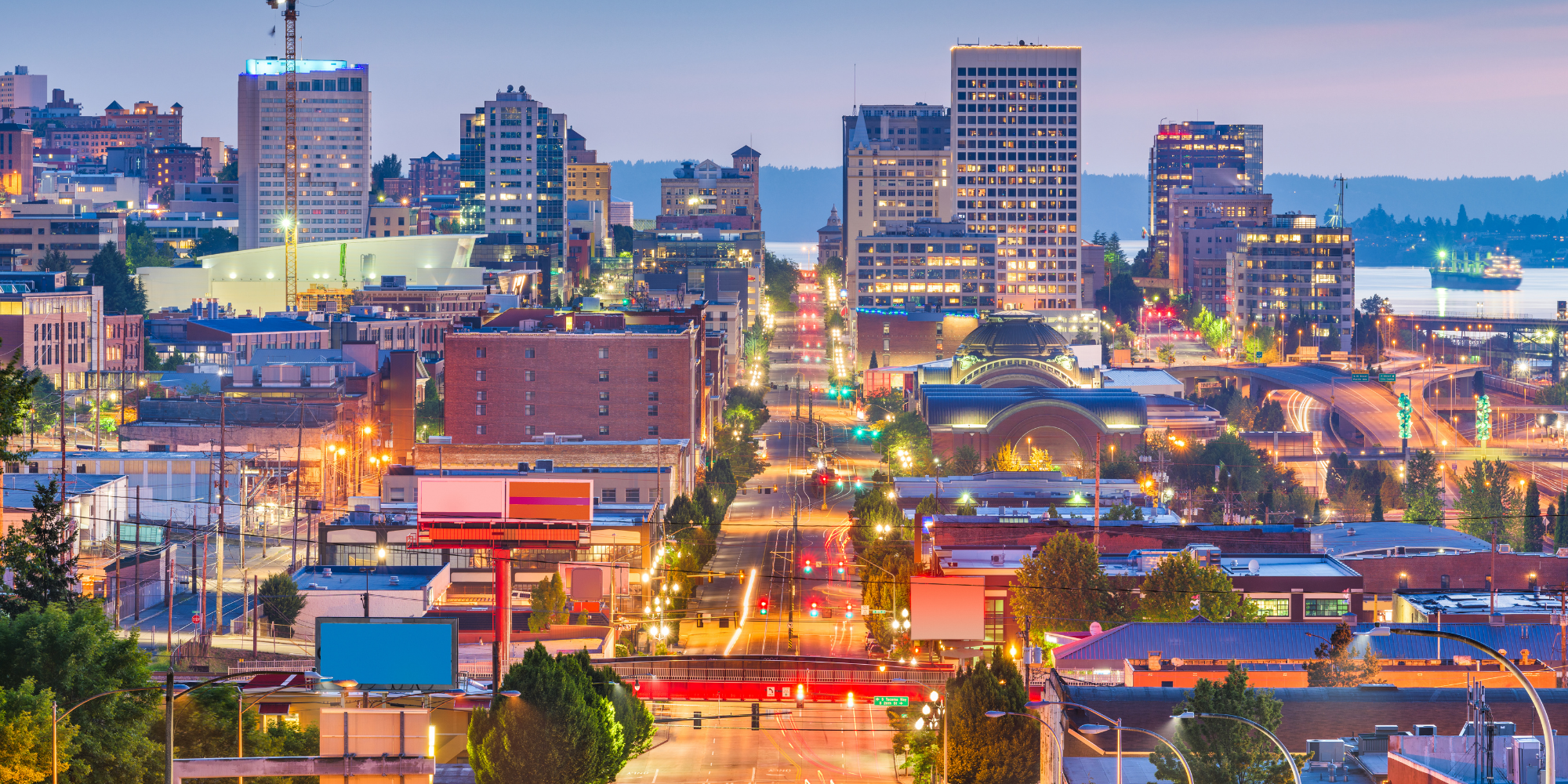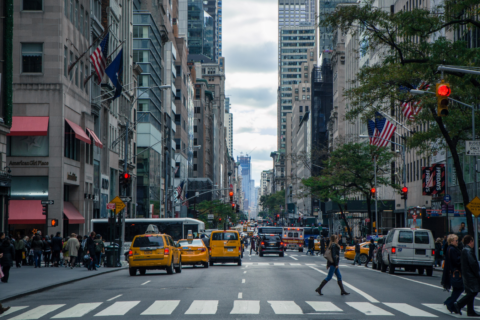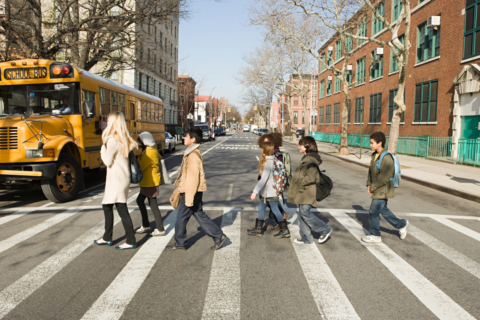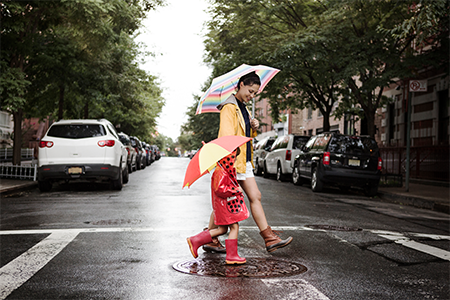Local advocacy for pedestrian safety in Tacoma, WA, shifted in 2015 when a driver hit two middle school youth as they walked to school. It was at this point that community members demanded action as they became more aware of the high number of drivers hitting youth in their city. Lead by a local advocacy group, work began on developing a Safe Routes to School Action Plan, which the Tacoma City Council approved in 2017.

However, it quickly became apparent that more action was needed. Safe Routes to School brought an important focus to areas around schools, but access to transit, accessible sidewalks, and safe routes to everyday places was lacking. Members of Tacoma City Council decided it was time for Tacoma to reprioritize the whole transportation system more in favor of active transportation and driver safety and moved to adopt Vision Zero and the wrap-around safe systems approach to roadway design.
Tacoma Putting Safety First
According to Washington State Department of Transportation (WSDOT) crash data, between 2016 and 2020, there were approximately 3,400 reported collisions in Tacoma, of which almost 400 resulted in someone being killed or seriously injured. In 2020, the Tacoma City Council passed a resolution committing to joining the Vision Zero Action Network and abiding to a Vision Zero goal that eliminates traffic fatalities and serious injuries in the City of Tacoma by 2035.
“Making our city safe for all road users is a priority of mine, and a priority of this Council’s, so committing to Vision Zero was an easy ‘yes.’ Making sure that we are consistently implementing safe streets, particularly in our most under-invested in communities, is vital to our city’s ability to thrive.”
Councilmember Kristina Walker, one of the sponsors of the Vision Zero resolution.
The city is currently developing a Vision Zero Action Plan through summer 2022, when it will be brought before the city council for approval. The contributing elements of the Vision Zero Action Plan will include recent crash data, equity indicators, and community involvement to determine the best solution that benefits all but especially the city’s more vulnerable users.
Steps to Safer Streets
Tacoma is exploring multiple opportunities to improve the transportation system for people driving, walking, biking, rolling, and taking transit, including:
- Designing streets that make safe behavior the default. This includes an in-depth review of the city’s Right-of-Way Design Manual, codes, and policies.
- Looking to reduce the speed limit. Tacoma is conducting a speed study as part of Vision Zero to identify steps and funding necessary to lower the speed limit in residential neighborhoods and neighborhood business districts and along key arterial corridors.
- Expanding the use of automated traffic cameras in select locations.
- Educating drivers to be safe and respectful of all road users. A citywide driver speed campaign is being launch over the summer of 2022 using the Positive Culture Framework as a guide.
- Develop a data dashboard to track key indicators and creating systems for evaluation as Tacoma makes ongoing improvements to our shared roadways.
What’s Next
A Vision Zero Task Force made up of internal and external stakeholders is scheduled to meet to analyze crash data, review draft goals and policies, and help to develop criteria to prioritize projects. The city also recently launched a multi-lingual survey encouraging residents to share their thoughts about traffic safety.
In order to reach Vision Zero, Tacoma recognizes the need to significantly increase investments in safety and active transportation projects and work to ensure that every transportation project is approached as an opportunity to improve safety. The new Safe Streets and Roads for All federal grants will enable Tacoma to begin systematically addressing and improving its high injury network to create a transportation system that is safe for all.
Tacoma has also joined the National League of Cities’ Safety First Challenge for Safer Streets with other communities to show how we are all collectively working to address the safety crisis on our roads. Every day our city is taking actions to reduce fatalities, and collectively, we are glad to be joined by other cities that are also showing leadership on safety.

About the Author:
Carrie Wilhelme is a Senior Transportation Planner with the City of Tacoma Public Works Department.









